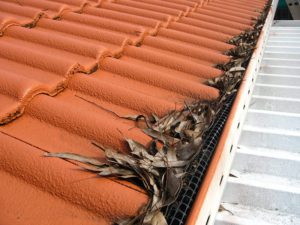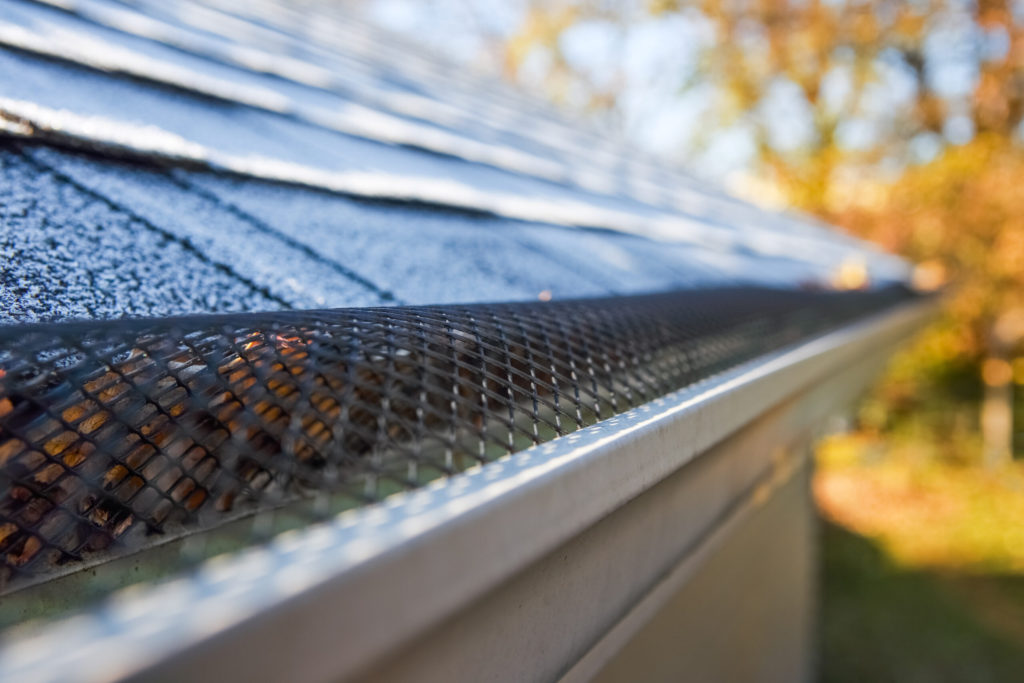Leaf guards for downpipes are essential components of a gutter system, designed to prevent debris, leaves, and other blockages from causing costly damage to your home. When properly installed and maintained, leaf guards ensure smooth water flow and protect your property. However, leaf guards can encounter issues over time like any other system. This guide will explore common leaf guard problems and provide homeowners with practical troubleshooting solutions. Whether you have micro-mesh leaf guards, perforated metal guards, or any other type of leaf stopper, this guide will help you keep your gutter system running smoothly.
1. Clogged Leaf Guards:
One of the most frequent leaf guard issues is clogging. Over time, leaves and debris can accumulate on the surface of the leaf guards, reducing their effectiveness and preventing water from flowing freely through the downpipes. To troubleshoot this problem:
- Solution: Regular cleaning is essential. Use a ladder and a garden hose with a high-pressure nozzle to remove debris from the leaf guards. If you have a micro-mesh or perforated metal guard, gently brush away any trapped particles to maintain optimal performance.
2. Ice Dams:
Ice dams can form on leaf guards in colder climates, especially those with fine mesh or small openings. These ice dams can block water from flowing correctly and lead to roof damage. To address ice dams on your leaf guards:
- Solution: Consider installing heat tape or heating cables along the edge of your roof. These devices can help prevent the formation of ice dams. Keeping your gutters clean and well-insulated can also mitigate ice dam issues.
3. Pest Infiltration:
Small animals and insects may view your leaf guards as an ideal shelter. Birds, squirrels, and even bees can build nests or seek refuge in your gutter system, causing blockages and damage. To deter pests from nesting in your leaf guards:
- Solution: Install gutter guards with smaller openings or mesh sizes to prevent pests from entering. Regularly inspect your leaf guards and downpipes for signs of pests and promptly address any infestations.

4. Debris Buildup on the Surface:
Sometimes, debris can accumulate on the surface of your leaf guards, making them less effective at diverting water and preventing clogs. This issue is more common in areas with heavy foliage. To combat surface debris buildup:
- Solution: Install a leaf guard system with self-cleaning features or consider leaf guards made of materials that are less likely to trap debris. Additionally, schedule more frequent cleanings in areas prone to excessive debris.
5. Improper Installation:
Poorly installed leaf guards can cause many problems, including leaks, sagging gutters, and reduced effectiveness. To troubleshoot issues stemming from improper installation:
- Solution: Consult a professional to assess the installation and make necessary adjustments. Ensure the leaf guards are adequately secured and aligned with the downpipes for optimal performance.
6. Downpipe Blockages:
While leaf guards protect your gutters, downpipes can become clogged. Water cannot flow freely when this happens, potentially leading to water damage and foundation issues. To troubleshoot downpipe blockages:
- Solution: Inspect your downpipes for any visible blockages or debris. Use a plumber’s snake or a high-pressure hose to clear any obstructions. Consider installing downpipe leaf guards to prevent future blockages.
Leaf guards for downpipes are essential for maintaining a functional gutter system and preventing water damage to your home. However, like any other component, they can encounter issues over time. By addressing common leaf guards problems such as clogs, ice dams, pest infiltration, debris buildup, improper installation, and downpipe blockages, homeowners can ensure the longevity and effectiveness of their gutter systems. Regular maintenance, prompt troubleshooting, and, when necessary, professional assistance will help you keep your leaf guards in top condition, protecting your property and ensuring proper water drainage. Remember that the type of leaf stopper you have may influence the specific issues you encounter, so always choose leaf guards suitable for your local climate and foliage conditions.
